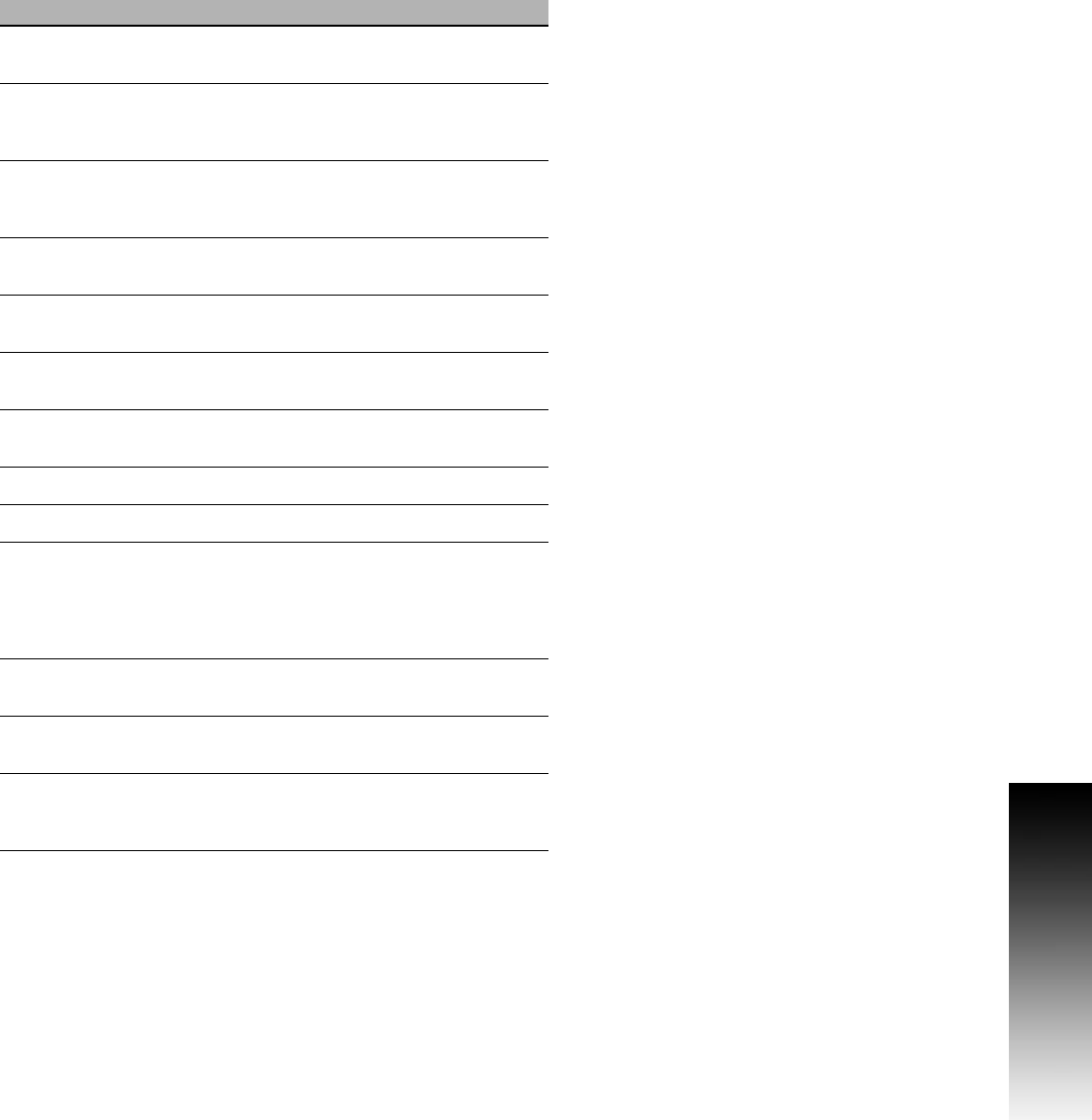Manual
Table Of Contents
- Controls of the 3500i
- Manual Information
- Introduction
- Machining Fundamentals
- Manual Data Input
- Tool Management
- 4.1 Tool Table
- 4.2 Tool Data
- Program Management
- Conversational Editing
- Programming: Canned Cycles, sub-programs
- 7.1 Explaining Basic Cycles
- Round/Chamfer
- Rapid
- Line
- Arc
- Dwell:
- Plane Selection
- Reference Point Return:
- Fixture Offset (Work Coordinate System Select):
- Unit (Inch/MM)
- Dimension (Abs/Inc)
- Absolute Zero Set
- Block Form
- Temporary Path Tolerance
- System Data
- FeedRate
- FeedRate (4th-Axis)
- Spindle RPM
- M - Functions
- Tool Definition and Activation
- Repeat Blocks
- 7.2 Canned Cycles
- 7.3 Probing Cycles
- 7.4 Sub-programs
- 7.1 Explaining Basic Cycles
- Drawing Programs
- Running a Program on the Machine
- CAM: Programming
- 10.1 CAM Programming
- CAM Mode
- Recommended CAM Programming Sequence
- CAM Mode Mouse Operations
- CAM Mode Screen
- Activating CAM Mode
- Creating a New Program
- Tool Path Data Input
- Quick Coordinate Entry
- Job Setup: Basic tab
- Job Setup: Advanced tab
- Comment Tab
- Block Form: Basic tab
- Comment Tab
- Drilling Cycle:
- Drilling dialogue:
- Mill Cycle
- Pocket Cycle
- Pocket Finish Cycles
- Engraving Cycle
- Program Directive
- Modifying Toolbar
- Viewing Tools
- CAM Mode buttons
- CAM Setup
- Geometry
- DXF Import Feature
- Modifying Tools
- Shapes
- Tool Table
- Tool Paths
- CAM Example 1
- CAM Example 2
- 10.1 CAM Programming
- G-Code Edit, Help, & Advanced Features
- 11.1 G-Code Program Editing
- 11.2 G-Code and M-Code Definitions
- 11.3 Edit Help
- 11.4 Advanced Programming
- SPEED
- M - Functions
- Order of Execution
- Programming Non-modal Exact Stop:
- In-Position Mode (Exact Stop Check):
- Contouring Mode (Cutting Mode) :
- Setting Stroke Limit:
- Return from Reference Point:
- Move Reference from Machine Datum:
- Modifiers
- Block Separators
- Tool Offset Modification
- Expressions and Functions
- System Variables
- User Variables
- Variable Programming (Parametric Programming)
- Probe Move (G31)
- Conditional Statements
- Short Form Addressing
- Logical and Comparative Terms
- File Inclusion
- 11.5 Four Axis Programming
- Software Update
- Off-Line Software

ACU-RITE 3500i 395
11.4 Advanced Programming
Examples
Ref. Example
a) G01 X(#100 + #101). All calculations must be enclosed in
parentheses. This defines an expression.
b) G00 Y&A(#102 * #103)
LOOP (5 / 2 / .01)
Example of multiplication, division, and modification.
c) G01 X(3 + 2)
#100 = (#122 - #105).
Addition and Subtraction.
d) IF (#101 > 0) THEN .
Greater than (>), less than (<).
e) IF (#144 = #143) GOTO ...
Equal to, not equal to (!=)
f) TOMM (n); convert n to mm.
If n's type is inch, TOMM (n) = n * 25.4
g) TOIN (n); convert n to inch. If n's type is mm, TOIN (n) = n /
25.4
h) TODE (n); convert to current (IN or MM) mode.
i) TONU (n); force the type of (n) to the modal (inch or mm).
j) ROUND (n) rounds the value of (n) up or down, depending if
its fractional part is equal or greater than 0.500000, or less
than 0.500000.
#100 = 1.500 ; G01 X(round(#100)) moves to X2.0000
#101 = 1.499 ; G01 X(round(#101)) moves to X1.0000
k) FIX (n) rounds the value down to the next whole number.
#100 = (5/2) ; G01 X(fix(#100)) moves to X2.0000
l) FUP (n) rounds the value up to the next whole number.
#100 = (5/2) ; G01 X(fup(#100)) moves to X3.0000
m) VAR (n) is used to check if a user variable has been defined
in a program. IF (var(#100)) THEN . If #100 has been defined
by the user, then true. If not, then false.










